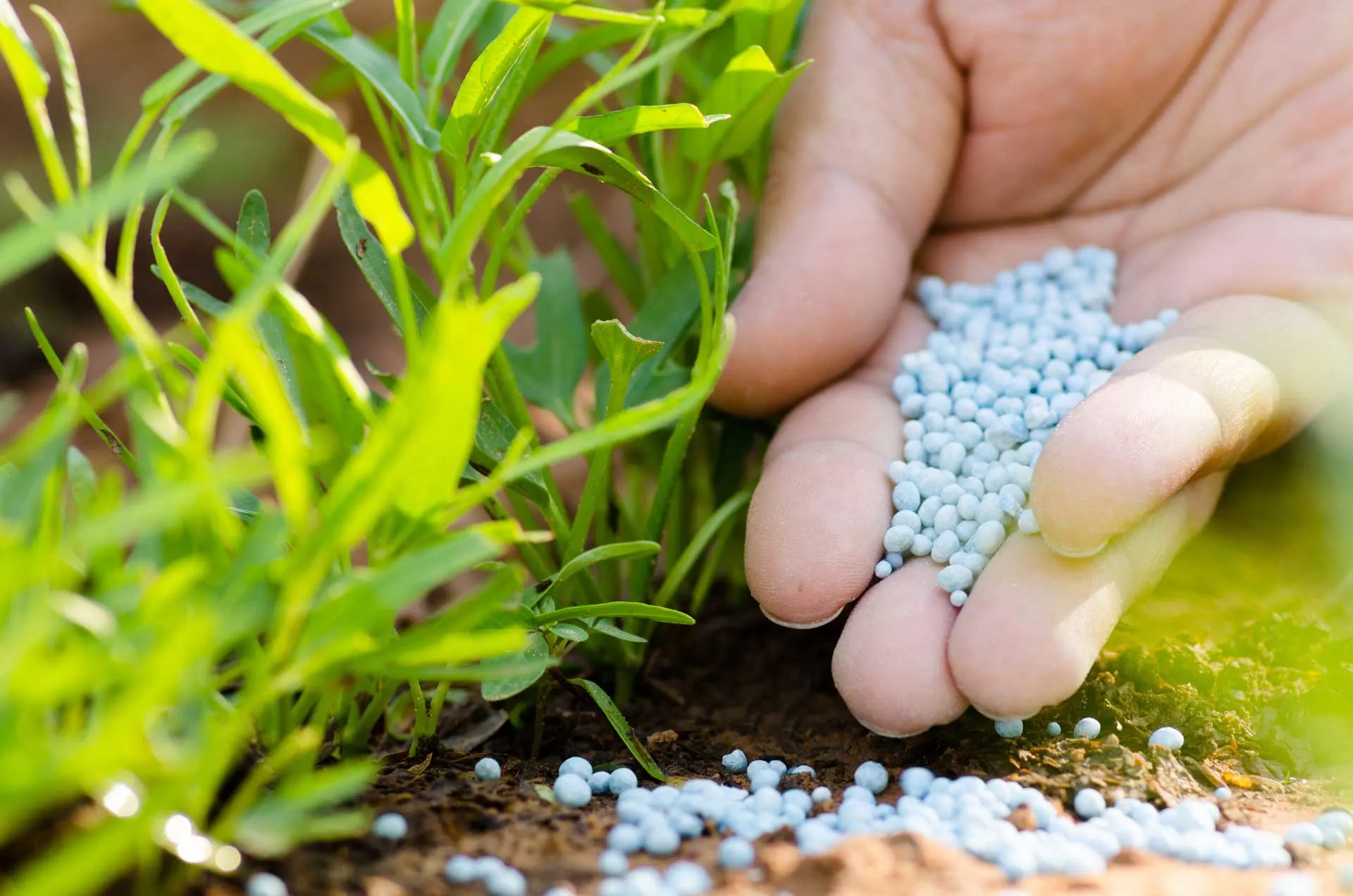Nitrogen fertilizer boosts fescue yields but increases toxin

COLUMBIA, Mo. — It is difficult to make blanket recommendations on fall nitrogen fertilizer rates to pastures because of the variability in how forages are managed in the Fescue Belt, says University of Missouri Extension state nutrient management specialist John Lory. But fescue pastures need a source of nitrogen to thrive, he says.
“Judicious use” of nitrogen fertilizer, prioritizing low fertilizer rates to stands deficient in nitrogen, will maximize yields while limiting toxicity in fescue commonly found in Missouri pastures, Lory says.
As a general rule, limit annual fertilizer nitrogen applications to 60 pounds per acre to mitigate fescue toxicity in Kentucky 31 tall fescue, Missouri’s most-grown fescue variety. It is infected with an endophyte that is harmful to animal health.
Nitrogen boosts tall fescue yields, but it also increases toxic ergot alkaloid production. Failure to provide a nitrogen source such as fertilizer or an interseeded legume to hayfields and pastures will rapidly reduce productivity and the quality of the stand, says Lory.
Toxins in fescue affect overall animal health. Some animals such as pregnant mares should not consume any. Applying nitrogen increases the potential for low-performing animals and, in some cases, serious health issues.
Good management begins with an understanding of how toxin levels vary during the different plant growth stages, says Lory.
Toxicity occurs in all above-ground parts of the plant, with seed heads being most toxic. Leaves peak in toxicity in spring and again in the fall. Do not overgraze toxic stands, as stems near the crown are highly toxic.
Even without added nitrogen fertilizer, toxin levels quadrupled between April and June on fescue pastures at the MU Southwest Research, Extension and Education Center.
Lory recommends these strategies to limit the impact of toxic tall fescue on animal health:
- Limit nitrogen fertilizer applications on toxic tall fescue.
- Selectively graze or feed hay from toxic tall fescue. Graze when fescue is fully vegetative. Hay up to the boot stage. If seed heads have formed or are forming, consider clipping seed heads before harvesting or grazing. Do not overgraze.
- Dilute toxic fescue with other feed. Interseed legumes to reduce toxicity and to meet nitrogen needs of the fescue stand. This also dilutes the toxicity of the forage. When feeding hay, consider mixing other sources of feed to dilute the tall fescue.
- Manage excess forage. Stockpile tall fescue in the fall. Ergovaline concentrations in stockpiled tall fescue peak in September and then decrease during winter. By late winter, concentrations are low and considered nontoxic. Toxicity of tall fescue decreases by at least 30% in stored hay during the first month. However, high-moisture options such as baleage or silage preserve toxins.
- Renovate pastures by removing toxic tall fescue and planting new nontoxic novel-endophyte varieties over time. For more guidance on upgrading tall fescue fields and associated costs, visit the Alliance for Grassland Renewal website at https://grasslandrenewal.org.
To learn more, Lory recommends these publications:
“Replacing Toxic Fescue With a Nontoxic Fescue,” by Craig Roberts and John Andrae. Crops & Soils, May 2023. https://acsess.onlinelibrary.wiley.com/doi/epdf/10.1002/crso.20272.
“Tall Fescue Toxicosis” (MU Extension publication G4669), by Craig Roberts. https://extension.missouri.edu/publications/g4669.
Miss Clipping Out Stories to Save for Later?
Click the Purchase Story button below to order a print of this story. We will print it for you on matte photo paper to keep forever.

